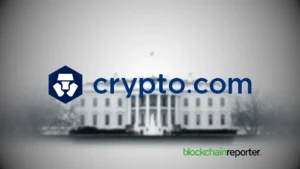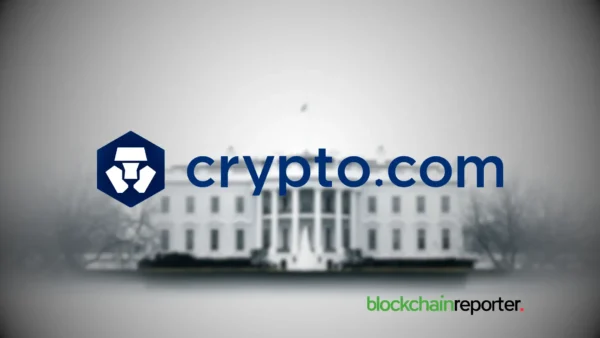
NEAR Protocol, a decentralized application (dApp) forum that competes with Ethereum, has recently announced its latest partnership with Google Cloud. The platform has shared on Twitter that the collaboration is focused on enhancing Web3 adoption across the globe. A blog post was also published by Drew Gorton (NEAR’s Head of Developer Relations) on the official website of Google Cloud to explain the respective partnership.
NEAR Partners with Google Cloud to Spread Web3 Adoption
In that blog post, the executive mentioned that NEAR builds infrastructure services by using Google Cloud. He stated that the Web3 sector is witnessing a paradigm shift that permits users to control their assets, data, and identity with the provision of decentralized web services. As per Gorton, to accomplish this vision, the platform requires a fundamental infrastructure layer. The respective layers can perform scaling for numerous consumers along with the maintenance of a secure and decentralized environment.
He added that the respective infrastructure will become autonomously sustainable with time. As per him, that project is essential to drive Web3 adoption on a wide scale. However, it is not satisfactory by itself. Specifically, usability is considered among the biggest things hindering the adoption of this burgeoning space. The technology is even now relatively new and was introduced only 10 years back.

In addition to this, the product layers, tooling, and data infrastructure of this technology are even fresher. Numerous people utilize Web3 technology at present however a greater number of people are still linked to Web2. The executive disclosed that the platform was developed to deal with this issue by offering an open-source L1 blockchain platform.
The Platform Attempts to Accomplish a 4-Phased Nightshade Sharding to Fulfill the Needs of the Clients
The purpose of NEAR’s blockchain forum was to offer a dynamically sharded and scalable network to provide convenience for developers to develop usable products. To contribute to NEAR’s ongoing adoption, several upgrades are present on the platform’s roadmap that includes Nightshade Sharding as its conclusive phase. With Sharding, the network is scaled through parallelization to handle the spikes in demand as well as ultimately support several consumers.
The sharding mechanism of the chain is divided into 4 stages. Currently, it is going through its 2nd phase where the shards have a fixed number. The upcoming phase will witness the sharding of both processing and state. After that, the final stage will introduce dynamic resharding. This will automatically split the network’s shards and merge them according to the needs in line with the usage.








